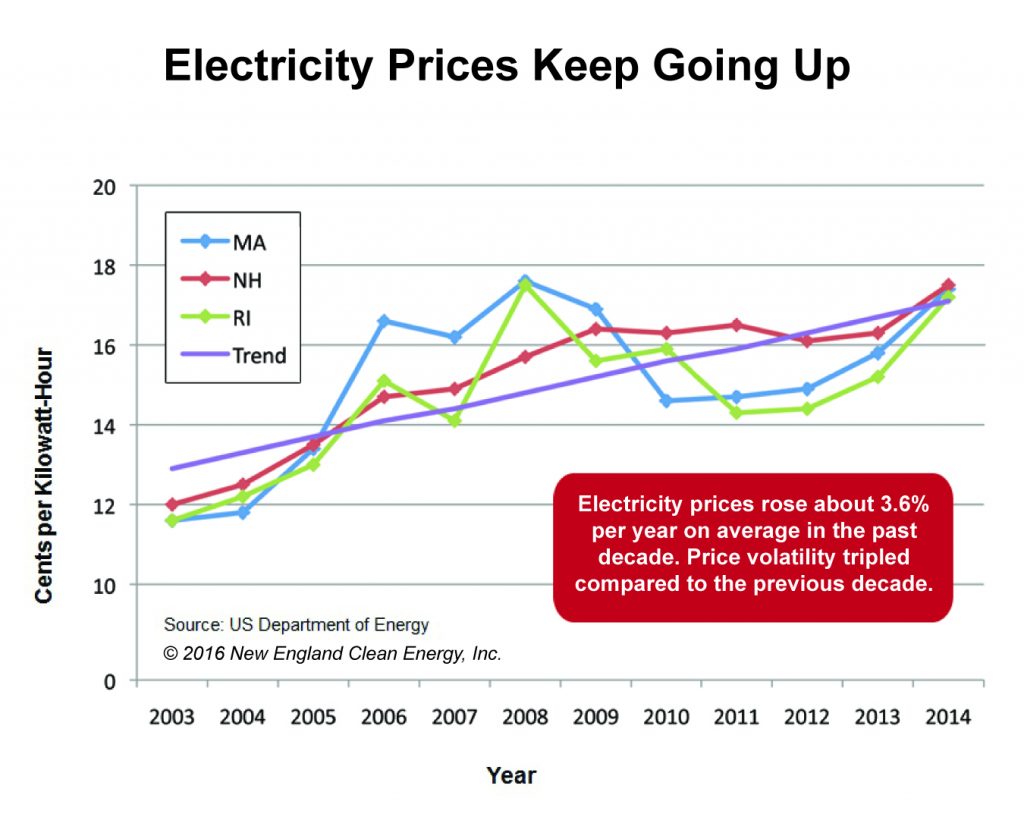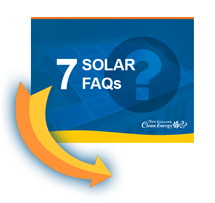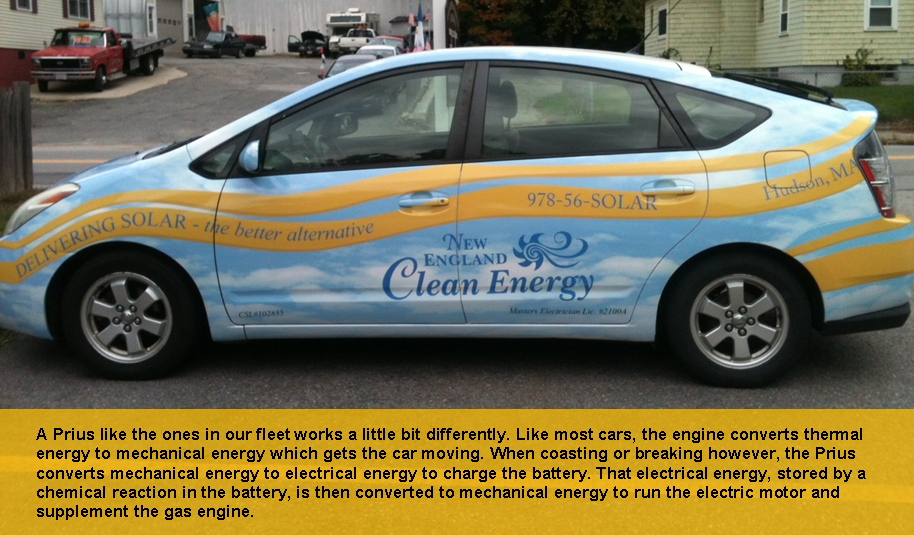Why care about energy? When I ask this question in the classes I teach, students give me three answers. “We need it.” “It’s expensive.” “It’s getting more expensive.” Do we need it? Try making breakfast or getting to work without energy. Is it expensive? According to energy.gov the average New Englander spends around $3,000 on energy every year, and according to Electricity Local, a large chunk of that pays for electricity.
Is energy getting more expensive? Yes, the students got that right. My graph below shows how the cost of electricity has climbed steadily for years.
But what exactly is this stuff we pay so much for but never see?
Energy Defined
A common definition of energy is “power derived from the utilization of physical or chemical resources, especially to provide light, heat or to work machines.” And not surprising, that’s how we use energy – Light, heat, machines.
The energy we typically use to create that light, heat, or run machines comes in one of three forms:
- Electrical energy is electrons moving through a wire. For example, a simple chemical reaction in a battery causes electrons to flow through a circuit that can then do something useful like lighting a flashlight or powering a smart phone.
- Mechanical energy is the result of moving mass, like water flowing over a dam or air flowing over wind turbine blades.
- Thermal energy is the result of the burning of something flammable like natural gas or oil.
Energy Conversion is Key
Imagine you wanted to get from Worcester to Boston quickly. That requires a “bunch” of mechanical energy to move you. Unfortunately, there’s no convenient way to store mechanical energy so we turn to a tool that creates the energy as we use it – the automobile.
The mechanical energy in an automobile comes from the conversion of one type of energy to another. The mechanical energy used by a car starts off as stored energy in the form of gasoline. The car’s engine burns the gasoline and releases thermal energy. That thermal energy is converted to mechanical energy through the internal combustion engine. Meanwhile, some of the engine’s mechanical energy is converted to electrical energy by the alternator. The electrical energy charges the battery, runs the lights and other components of the car’s electrical system.
When it’s time to stop or slow the car down, you hit the brakes. The friction of the brake pads converts the car’s mechanical energy back to thermal energy. That thermal energy dissipates into the air around the car and is lost.
And, it goes without saying that you have to keep adding energy (by burning gasoline) so the car will keep moving to overcome the mechanical energy losses to friction, which will eventually cause the car to stop.
Unfortunately, when you convert energy from one form to another, some of the energy is lost or is not able to do useful work. This loss is described by the term “efficiency” – the subject of my next post.




 Download our 7 FAQs
Download our 7 FAQs


